The Role Of AI In Workflow Automation Platforms
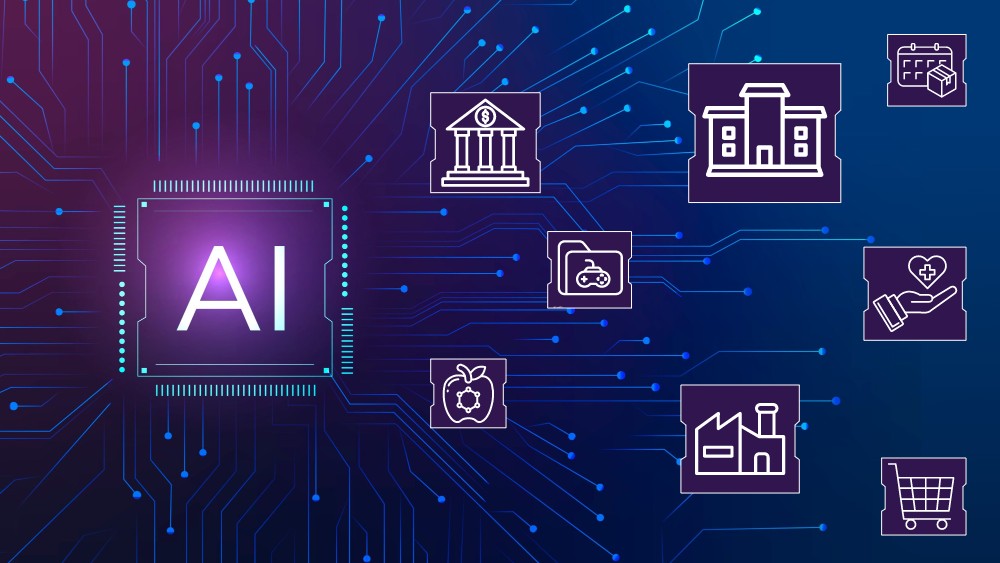
In today's world, where businesses strive to be more efficient and productive, workflow automation has become increasingly popular. Workflow automation platforms help organizations automate routine tasks, streamline workflows, and improve overall efficiency.
However, with the advent of artificial intelligence (AI), these platforms have taken a significant leap forward in terms of capabilities and efficiency.
In this blog, we will explore the role of AI in workflow automation platforms and how it can help organizations to optimize their processes. We will also look at some of the benefits and challenges of using AI in workflow automation and how organizations can implement it effectively. So, let's dive in and explore the exciting world of AI-powered workflow automation.
Role of Artificial Intelligence in Workflow Automation Platforms
Here are some key points to help understand the role of AI in workflow automation platforms:
- Automating Routine tasks
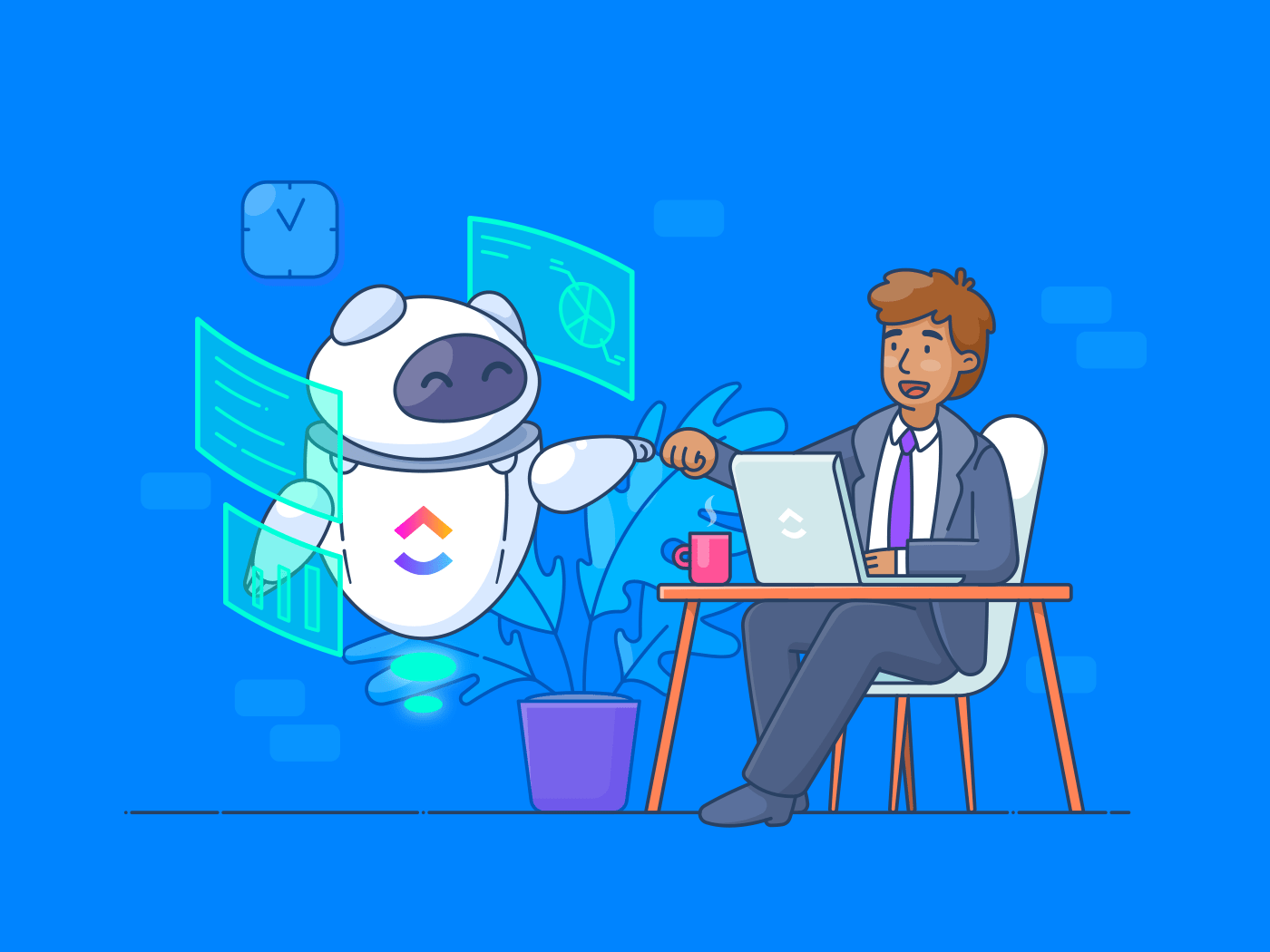
AI-powered workflow automation platforms can automate repetitive and time-consuming tasks, freeing up employees to focus on higher-value work.
2. Improved Accuracy

AI algorithms can analyze data more accurately and efficiently than humans, reducing errors and improving the quality of work.
3. Predictive Analysis
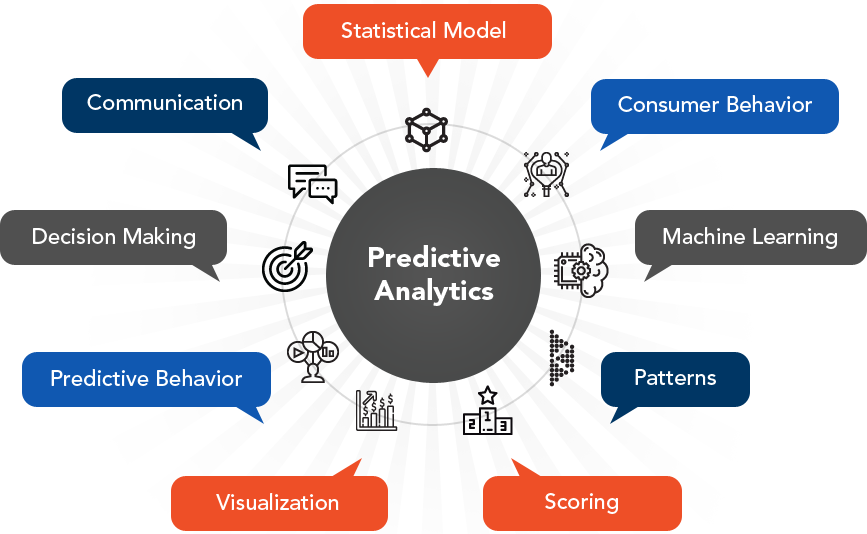
AI can use historical data to predict future outcomes and help organizations make more informed decisions.
4. Natural Language Processing

AI-powered workflow automation platforms can interpret and process natural language, making it easier for employees to interact with machines and reducing the need for manual input.
5. Computer Vision
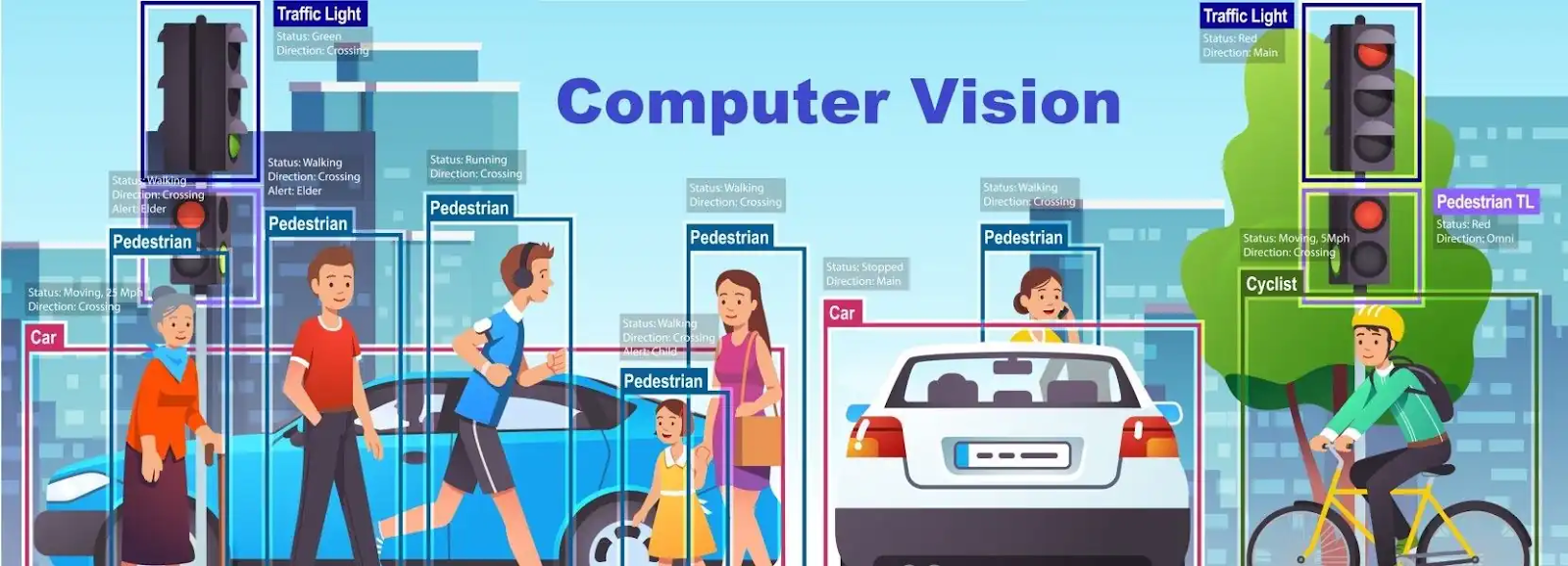
AI algorithms can analyze visual data, such as images and videos, to identify patterns and trends that may not be visible to humans.
6. Data Annotation
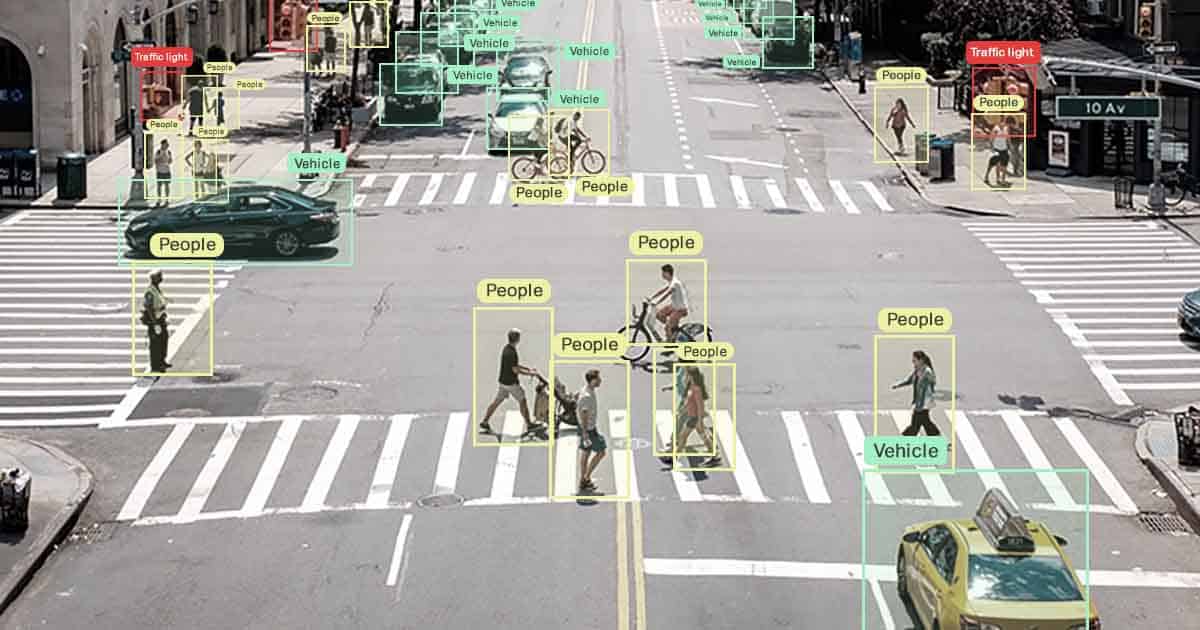
AI-powered data annotation platforms can automatically label and categorize data, making it easier to process and analyze large amounts of data quickly and efficiently.
7. Learning and Adaptation

AI algorithms can learn and adapt over time, becoming more accurate and efficient as more data is processed.
8. Unbiased Analysis
There is a risk that AI algorithms may reinforce existing biases in the data. Organizations need to be careful in selecting the data annotation platform and ensure appropriate quality control measures are in place.
9. Transparency and Stakeholder Involvement
Organizations need to be transparent in how the data is being processed and used, involving stakeholders in the decision-making process, and ensuring that ethical considerations are taken into account.
To sum it up, AI has a significant role to play in workflow automation platforms, and its benefits are numerous.
However, it is essential to be aware of the challenges associated with this technology and take appropriate steps to address them. By doing so, organizations can harness the power of AI to improve efficiency, productivity, and decision-making.
Deep Dive: Workflow Automation in Computer Vision Industry
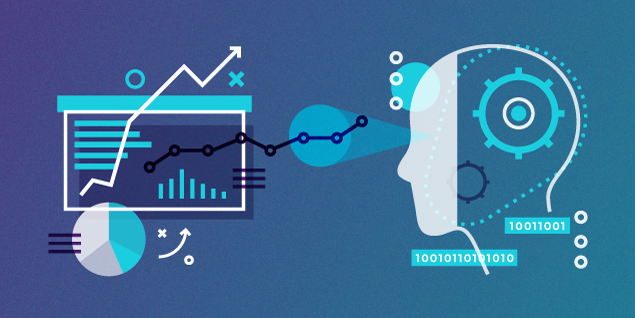
When it comes to workflow automation, artificial intelligence has the potential to revolutionize the way organizations process large amounts of data. One of the key areas where AI is being used is in computer vision, which involves training machines to recognize and interpret visual data.
This has led to the development of data annotation platforms that use AI algorithms to automatically analyze and categorize visual data.
Data annotation is the process of labeling and categorizing data to make it more understandable for machines. It is a crucial component of many AI applications, including computer vision.
Data annotation platforms use AI to analyze large amounts of visual data, such as images and videos, and automatically annotate them with labels and tags. This allows organizations to process and analyze large volumes of visual data quickly and efficiently.
One of the significant advantages of using AI-powered data annotation platforms is their ability to learn and adapt over time. As more data is processed, the algorithms become more accurate and can identify patterns and trends that may not have been evident at the outset.
This leads to more precise and efficient data analysis, which can help organizations to make more informed decisions.
However, there are some challenges associated with AI-powered data annotation. One of the main challenges is ensuring that the algorithms are unbiased and do not reinforce existing biases in the data.
This is particularly important in applications such as facial recognition, where biased algorithms can lead to significant social and ethical concerns.
To overcome these challenges, organizations need to be careful in selecting the data annotation platform and ensure that they have appropriate quality control measures in place.
They should also be transparent in how the data is processed and used and involve stakeholders in decision-making.
In conclusion, AI-powered data annotation platforms have the potential to transform the way organizations process and analyze visual data. However, it is essential to be aware of the challenges associated with this technology and take appropriate steps to address them.
With careful planning and implementation, AI can be a valuable tool in improving workflow automation and driving business success.
Conclusion
In conclusion, AI is revolutionizing the world of workflow automation platforms. By automating routine tasks, improving accuracy, providing predictive analysis, and enabling natural language processing and computer vision, AI is driving efficiency, productivity, and decision-making in organizations.
AI-powered data annotation platforms are making it easier for organizations to process and analyze large amounts of visual data quickly and efficiently.
However, there are challenges associated with the use of AI in workflow automation platforms. Organizations need to be careful in selecting the data annotation platform and ensure that they have appropriate quality control measures in place. They should also be transparent in how the data is processed and used and involve stakeholders in decision-making.
Looking for a data labeling workflow automation platform for your product? Reach out to us!
FAQs
- What is a workflow automation platform, and how does it relate to artificial intelligence (AI)?
A workflow automation platform is a software solution that streamlines and automates business processes to improve efficiency and productivity. AI plays a crucial role in these platforms by enabling intelligent decision-making, predictive analytics, and learning from data to optimize workflows.
2. How does AI improve workflow automation platforms compared to traditional automation tools?
AI enhances workflow automation platforms by enabling them to adapt and learn from data, making them more intelligent and dynamic. Unlike traditional automation tools, AI-powered platforms can handle unstructured data, make context-aware decisions, and continuously improve over time.
3. How does AI ensure data security and privacy in workflow automation platforms?
AI-powered workflow automation platforms typically have built-in security features like encryption, access controls, and data anonymization to protect sensitive information. They can also use AI algorithms to detect anomalies and potential security breaches.
4. Are AI-powered workflow automation platforms suitable for small businesses?
Yes, AI-powered workflow automation platforms can be beneficial for small businesses. They can help small businesses improve efficiency, reduce manual workloads, and make data-driven decisions. Many AI solutions are scalable and can be tailored to suit the specific needs and budgets of small businesses.
5. Can AI in workflow automation platforms replace human workers?
While AI can automate certain tasks and processes, it is not designed to replace human workers entirely. Instead, AI augments human capabilities by handling repetitive and mundane tasks, allowing employees to focus on more complex and strategic activities.
Book our demo with one of our product specialist
Book a Demo
